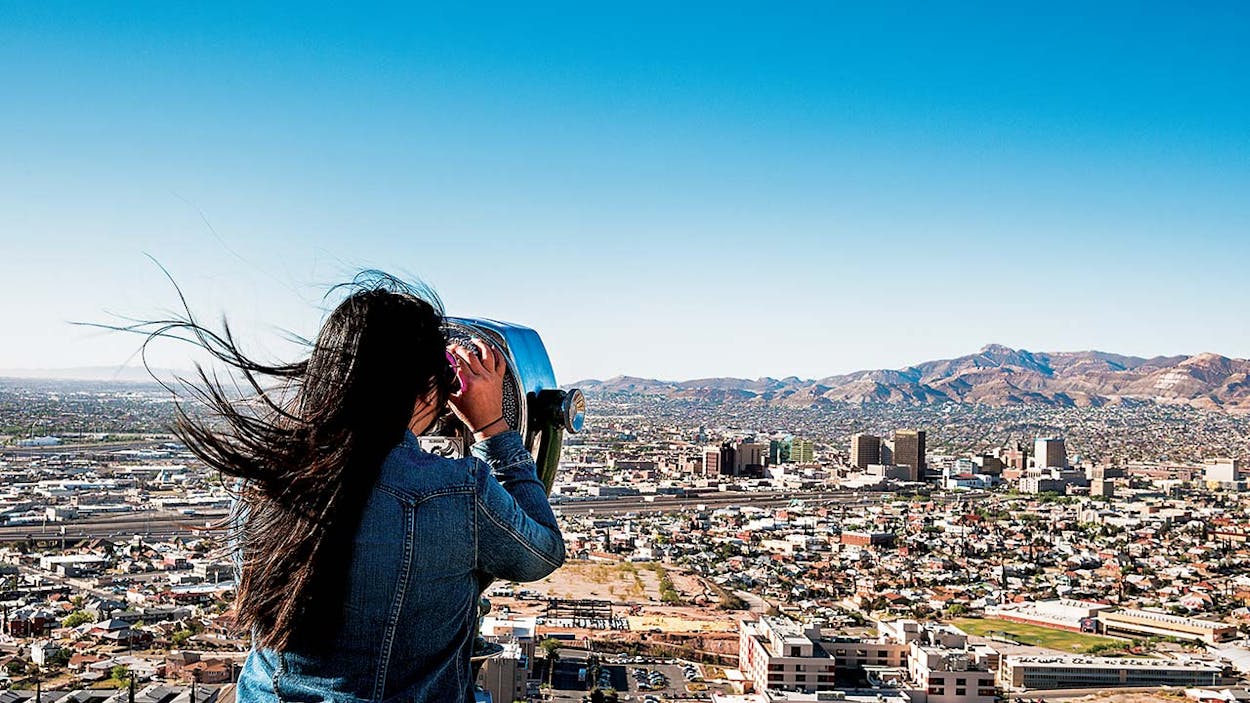As soon as I landed in El Paso, I wanted to get as close as I could to the point where Texas ends and Mexico begins. On previous trips I’d wound my way up Scenic Drive to Murchison Park, a popular lookout point embedded in the base of the Franklin Mountains, to peer through the coin-operated binoculars and survey the cities below: El Paso, an underappreciated metropolis of nearly 700,000, and Ciudad Juárez, with its 1.3 million inhabitants, the Rio Grande laid out between them as imprecisely as a stretch of tape meant to divide a bedroom shared by territorial siblings.
But this time I wanted to stand face-to-face with the rust-colored metal fence that rises high along a portion of El Paso’s southwestern edge. I pinpointed a spot on the map west of downtown, where Paisano Drive nearly kisses the river. On the access road, I caught sight of one of those brown highway signs that direct tourists to historic sights, and I pulled into the parking lot of the long-abandoned La Hacienda Cafe, where El Paso pioneer Simeon Hart’s flour mill once stood. There was the fence a few yards away and, just beyond it, flat-roofed houses with Mexican addresses. But there were also four stone markers arranged around a parched fountain, including one to commemorate the spot where conquistador Juan de Oñate first forded the Rio Grande at El Paso del Norte, the lowest snow-free pass through the Rocky Mountains. I was standing, inadvertently, in the place where El Paso had begun.
Like the ouroboros of Greek mythology, that serpent that eats its own tail, our westernmost city is an infinite loop of cultures. There is no edge here, just a “one plus one equals three” heritage of Texan, Mexican, and singularly El Pasoan influences that blur into and enrich one another—and which you can experience for yourself at the following places.
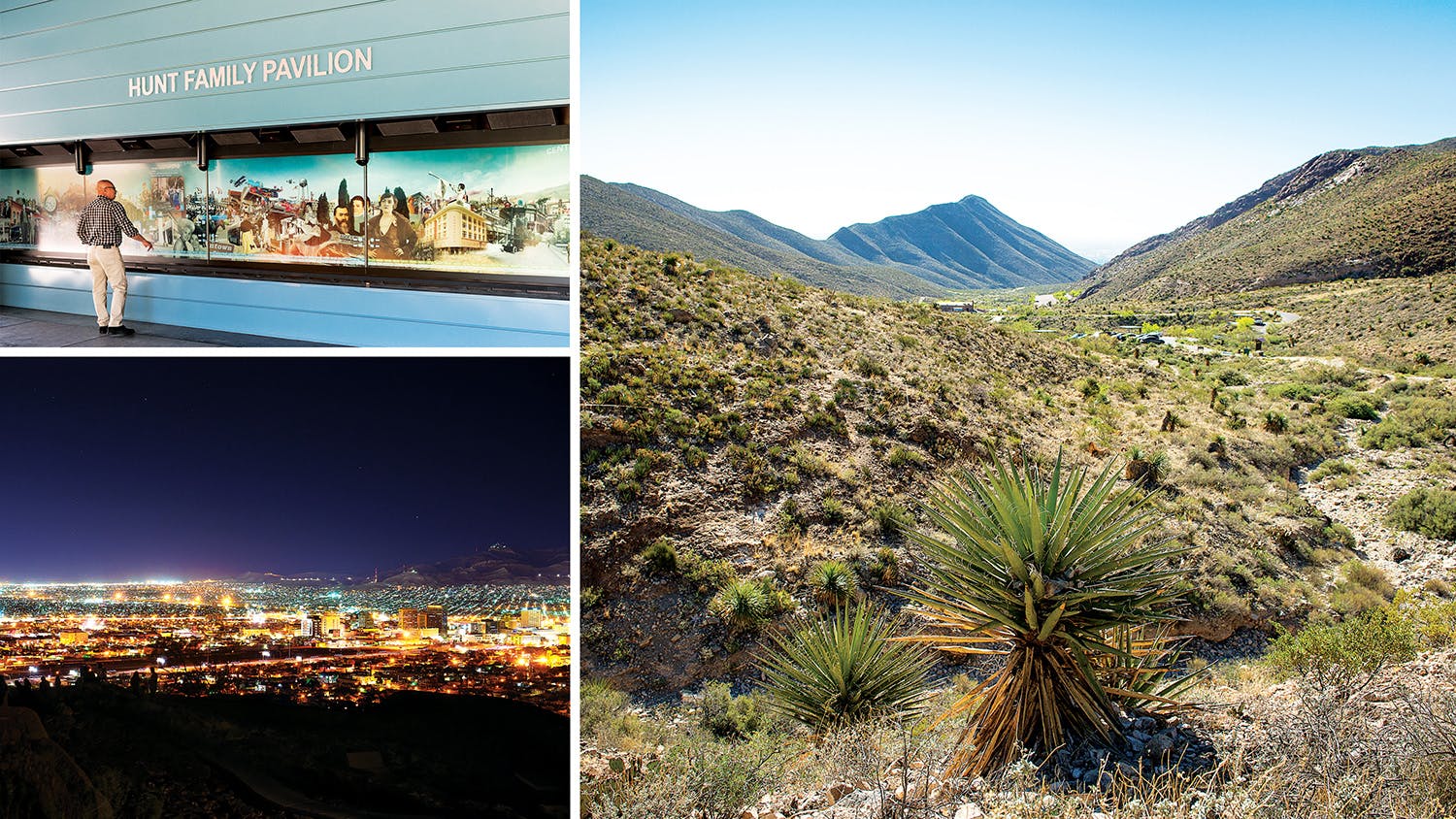
SEE + DO
Chamizal National Memorial // Stand on what was once Mexican territory surrounded by the U.S. at this fifty-five acre park and cultural center, which commemorates the 1964 land swap that settled a dispute caused by the shifting Rio Grande.
DIGIE // Outside of the El Paso Museum of History, you can interact with this five-screen digital tapestry of photos and narratives to learn more about the tales of two nations.
Franklin Mountains State Park // Scale the heights at the nation’s largest urban park, whether that’s on foot up the Ron Coleman Trail or via one of the Wyler Aerial Tramway’s orange gondolas up to Ranger Peak.
Scenic Drive + Murchison Park // Wind your way up Scenic Drive to this popular lookout spot for a panoramic view of El Paso and, beyond it, Ciudad Juárez. Don’t forget quarters to operate the coin-operated binoculars.
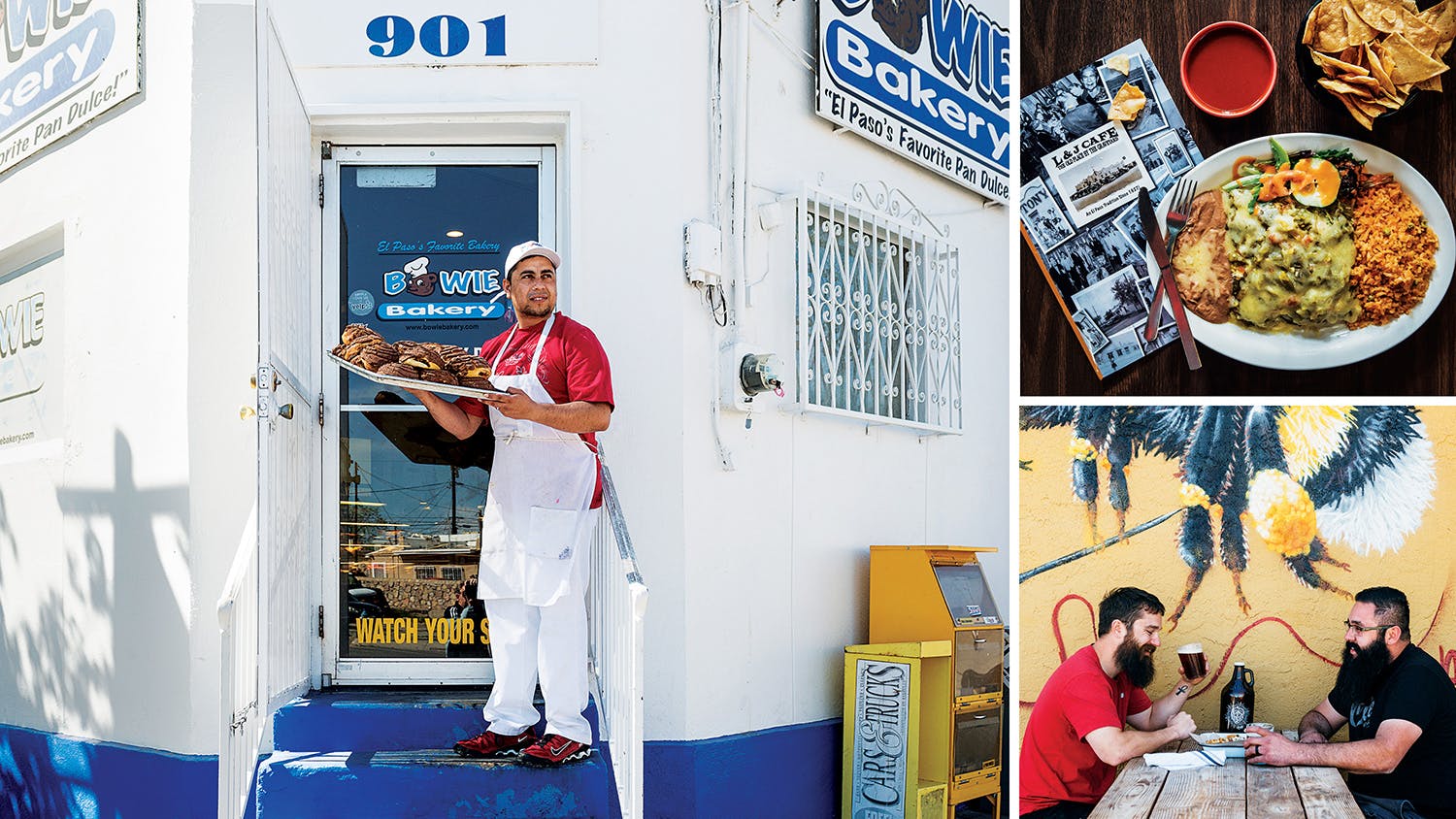
EAT + DRINK
In the Segundo Barrio (a.k.a. “the Ellis Island of the border”), the pan dulces at Bowie Bakery are as brightly colored as the neighborhood’s many murals. For red cheese enchiladas, patronize H&H Car Wash, Los Bandidos de Carlos & Mickey’s, or L&J Cafe, just across from Concordia Cemetery. At Ode Brewing Co., the proprietors’ slightly unorthodox comfort food (fried Buffalo-style cauliflower, pork tortas with maple balsamic glaze) and “homegrown border brews” are a love song to their hometown.
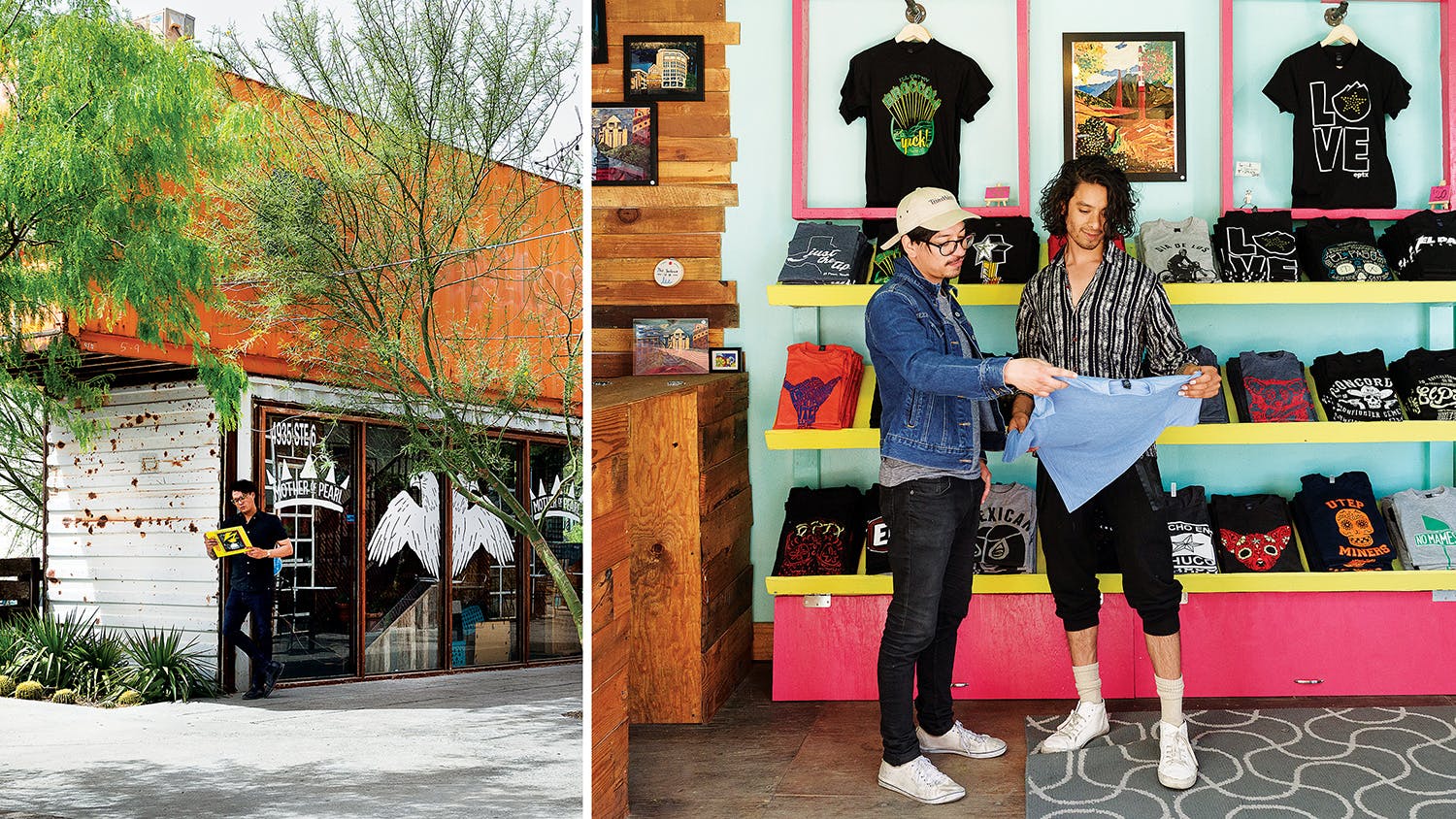
SHOP
While downtown’s El Centro shopping district is a bargain-seeker’s mecca, the west side’s new TI:ME at Montecillo development is a hip nucleus of indie shops tucked into shipping containers, including Mother of Pearl Vinyl and Chuco Relic, which stocks wares from local makers.
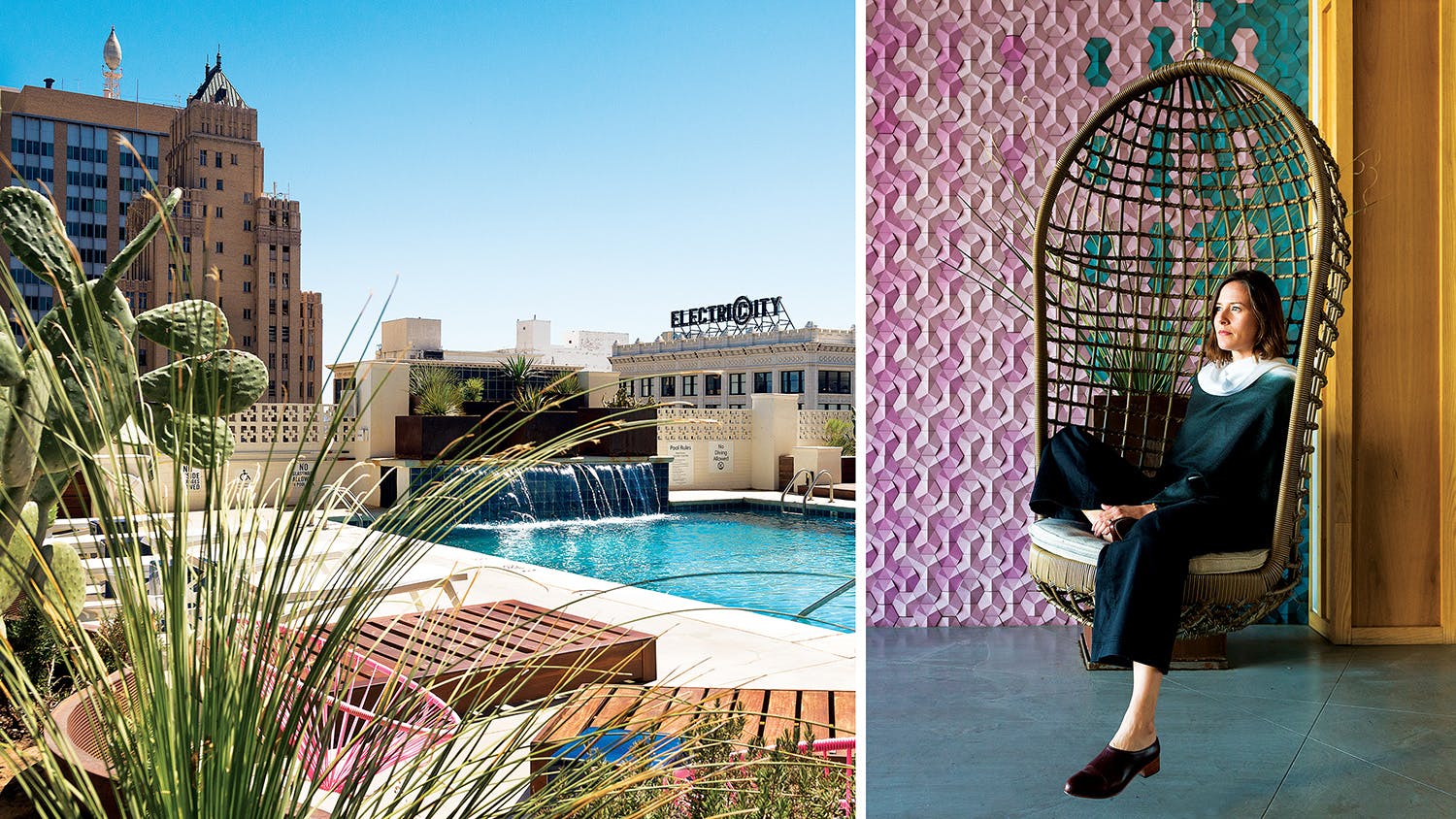
STAY
Hotel Indigo // It’s nice to see the 1912 Camino Real Hotel getting a major overhaul (it’ll eventually reopen as the Hotel Paso Del Norte), but for now the 19-room Hotel Indigo downtown is unmatched in location and amenities; it’s close to several museums, the minor league baseball stadium, and the recently revamped San Jacinto Plaza, and its fifth-floor pool and bar are prime hangouts.


